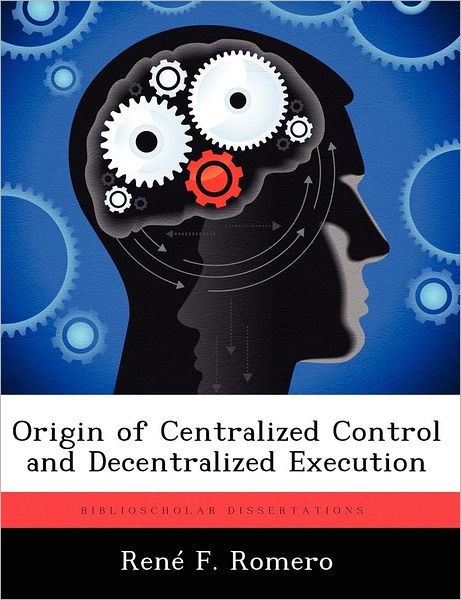
Powiedz znajomym o tym przedmiocie:
Origin of Centralized Control and Decentralized Execution
Ren F Romero
Origin of Centralized Control and Decentralized Execution
Ren F Romero
Publisher Marketing: Air Force Doctrine Document 1 states, "Air forces must be controlled by an airman who maintains a broad perspective in prioritizing limited assets across the range of operations." Hence, "centralized control by an airman" becomes the essence of airpower's basic tenet, centralized control and decentralized execution. This study concentrates on the origin of U. S. airpower's core tenet, especially with regard to its essence. The search ultimately evolves into an analysis of the doctrinal evolution of centralized control by an airman from World War I through early World War II. The search begins with the American military experience in the Allies' North African campaign in late 1942, the turning point for the adoption of airpower's core tenet. After an ineffective application of airpower culminating in the Allies' defeat at Kasserine Pass, centralized control of air forces by an airman became codified into official doctrine. This study attempts to find the origin by examining the events surrounding the American Air Service's first combat experience in World War I, the Battle of St. Mihiel. Next, it examines what the classical airpower theorists concluded about centralized control by an airman as a means to determine what shaped the interwar doctrine with which Army Air Forces entered World War II.
| Media | Książki Paperback Book (Książka z miękką okładką i klejonym grzbietem) |
| Wydane | 24 sierpnia 2012 |
| ISBN13 | 9781249284147 |
| Wydawcy | Biblioscholar |
| Strony | 118 |
| Wymiary | 189 × 246 × 6 mm · 226 g |
Zobacz wszystko od Ren F Romero ( np. Paperback Book )

